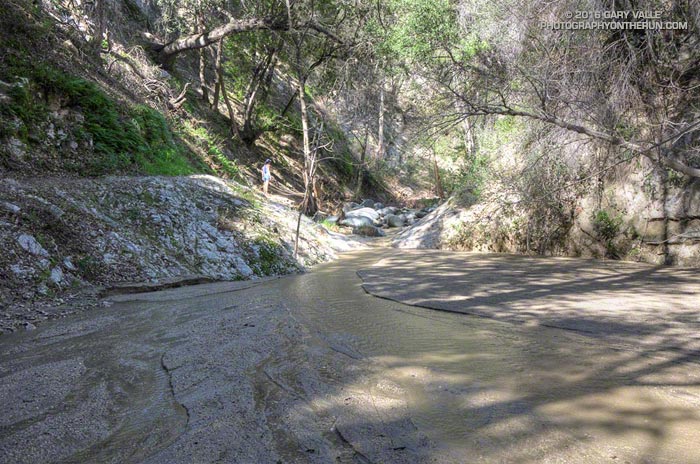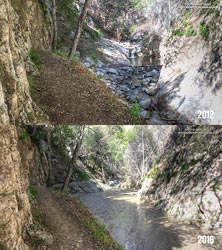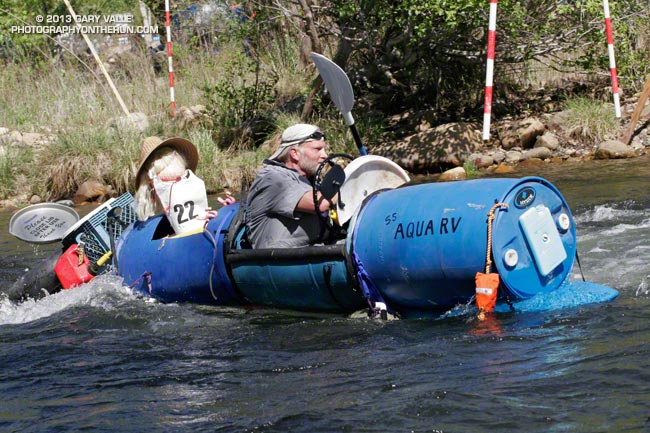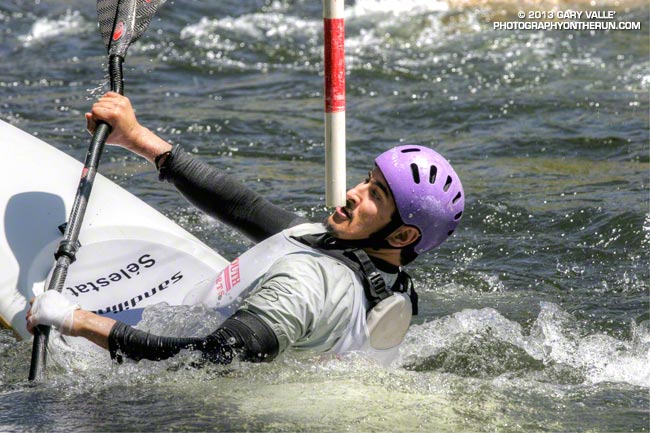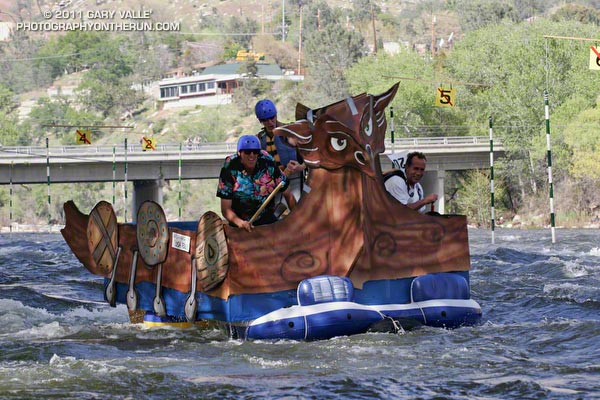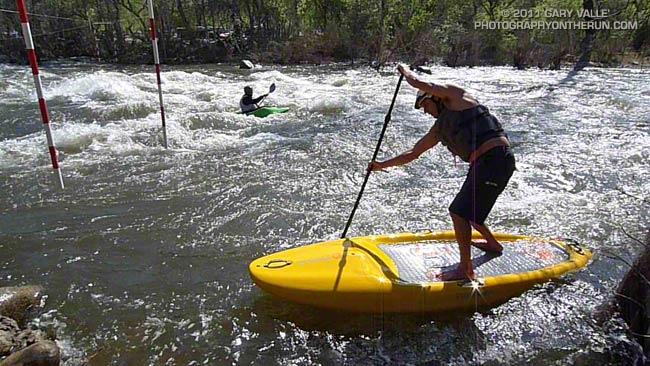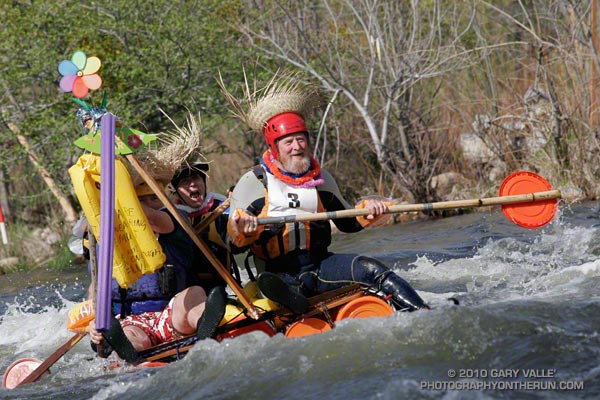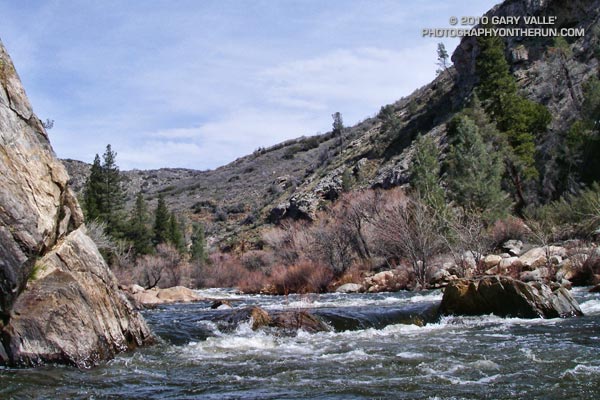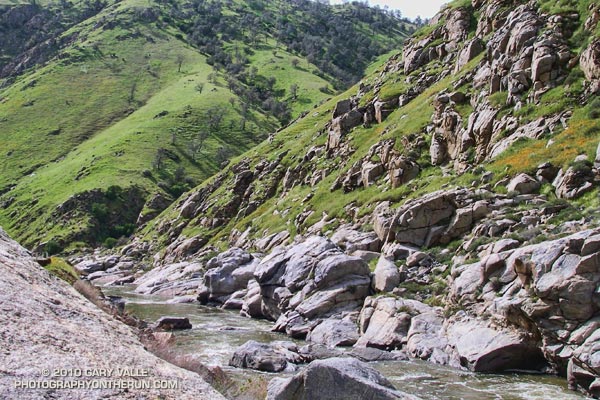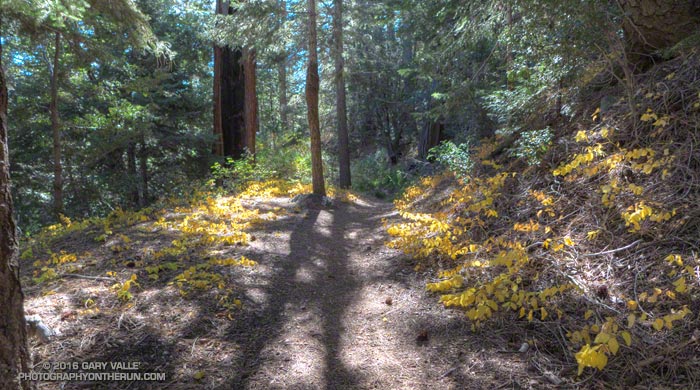
Nearly back to Vincent Gap after visiting Big Horn Mine, I debated whether to run part way down Vincent Gulch on the Mine Gulch Trail. The Mine Gulch Trail leads to the confluence of Vincent Gulch, Prairie Fork, and Mine Gulch on the headwaters of the East Fork San Gabriel River.
The only reason I was hesitant was that hunters might not expect anyone else to be down in the isolated canyon. On the way out to Big Horn Mine I’d encountered a couple of hunters and heard the occasional report of a deer rifle down in Vincent Gulch. After my experience in Colby Canyon the previous Saturday, I hoped my neon-yellow-green Mt. Disappointment 50K shirt would help make me more visible.
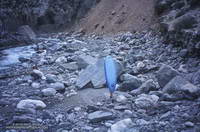
I’d wanted to check out the Mine Gulch Trail for a long time. Back before the drought, when rainy season storms would sometimes rejuvenate the streams of Southern California, the West and East Forks of the San Gabriel River were a local alternative to the three hour drive up to kayak the Kern River. My kayaking partner Gary Gunder, myself and other local kayakers had paddled as high on the East Fork as the Bridge to Nowhere. In 2003 Gary kayaked the upper East Fork from the Iron Fork. We’d done a lot of hiking with our kayaks and we began to wonder if it might make more sense to hike down the Mine Gulch Trail from Vincent Gap, rather than hiking up the East Fork.
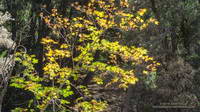
Reaching the well-marked trail junction a quarter-mile from Vincent Gap, I turned down the Mine Gulch Trail. I was finally going to see what the trail was like!
I had been expecting the Mine Gulch Trail to be a rough, overgrown and little-used path. After crossing an area stripped of trees by sporadic debris flows and avalanches, I was stunned to be running in an idyllic forest of pine, fir and oak on a wide, needle-covered trail bordered with golden leaves of snowberry.
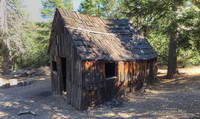
Continuing to descend, the trail passed near Tom Vincent’s cabin site and then a mile or so from Vincent Gap started a series of long switchbacks. A couple of switchbacks down, at an elevation of about 5900′, was a small stand of ponderosa pines. Ponderosa pines are less common in the San Gabriels than the similar Jeffrey pine, but can usually be distinguished by their smaller cones. The trees had drawn my attention because one of them was especially drought-stressed.
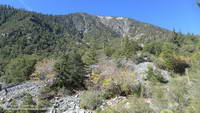
Below the switchbacks and about two miles from Vincent Gap, the trail crosses a stream bed. The seems to be a spot where many hikers turn around. The trail sees less use beyond this point, and as it descends the east side of the gulch it becomes increasingly adventurous and isolated.
About three miles in I encountered a group of four hunters hiking up the trail. They were a bit surprised to see someone running down the trail and asked if I knew about a “flat” area down the trail. Now I realize they must have been referring to Cabin Flat, which was some distance and much bushwhacking away.
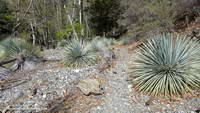
After encountering the hunters, the trail became less distinct and more disconnected. The “good” sections of trail were relatively long and the game became to piece together the sections of old trail, rather than traipsing through the rubble of the ravine. Intending to be back at Vincent Gap by about 1:00, I continued working down the gulch about another 30 minutes and finally turned around about a half-mile before the Prairie Fork junction.
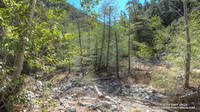
Having just solved the main trail-finding puzzles on the way down, the ascent of the gulch was relatively fast and took about as much time as the descent. Part way up the switchbacks I caught up to the hunting group on their way out. They joked around, asking what my “secret” was. I told them I’d still be down in the canyon if I was loaded down with the 50-60 pounds of gear they were carrying.
Running down the Manzanita Trail, then over to Big Horn Mine, and then down the Mine Gulch Trail had been an enjoyable stream of thought adventure. I’d found Icy Springs was still running and learned more about the geology and history of the San Gabriels. While I probably wouldn’t be carrying my kayak down Vincent Gulch, becoming familiar with the trail did open the door to other adventures.

